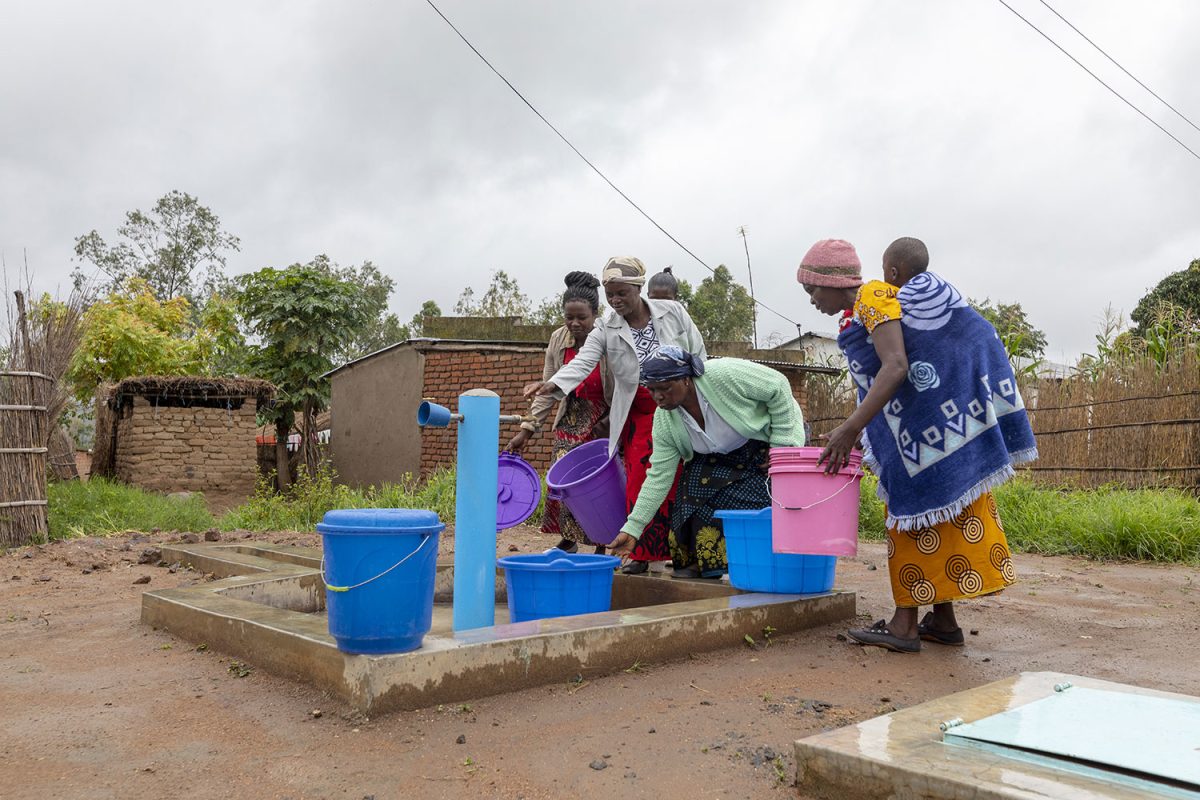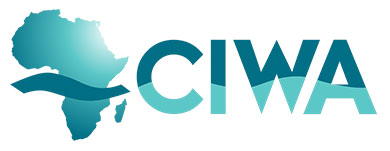Groundwater at the heart of the Water Security Equation
Posted in : Blog on 22 March 2022
In light of World Water Day (March 22), Engineer James Sauramba, Executive Director of the Southern Africa Development Community-Groundwater Management Institute (SADC-GMI), turns our attention to the important of groundwater. In the following opinion piece, Mr. Sauramba summarizes the SADC-GMI’s ongoing work to ensure the sustainable development of this precious resource.

Groundwater is invisible and yet its impact is visible everywhere – this infinite resource provides almost half of all drinking water worldwide. About 40% of water for irrigated agriculture and about 1/3 of water required for industry is from groundwater resources. Despite these impressive facts, groundwater remains invisible and less prominent compared to surface water.
This year, 2022, the World Water Day puts groundwater resources on the spotlight as the day is celebrated under the theme: “Groundwater – making the invisible visible”. As we celebrate World Water Day, it is important that we pause and ask ourselves this question, “what are we doing to ensure the sustainable development and management of this precious resource or are we doing enough?”
Groundwater plays a critical role in providing water and food security and improving livelihoods of many in the SADC region, especially vulnerable communities in the rural areas and in the poor urban settlements.
“With the worsening impacts of climate change, we need to recognize that groundwater could be a catalyst for economic and social development in the SADC region. Furthermore, groundwater could play a significant role in sustainable development and building resilience – if sustainably developed and managed” says Eng. James Sauramba, SADC-GMI Executive Director.
The Sustainable Development Goal 6 underpins ensuring access to water and sanitation for all. If sustainably developed, groundwater could be instrumental in the achievement of SDG 6 as set out in the United Nations agenda 2030.
Eng. Sauramba continues to say, as climate change impacts intensify and many people turn to groundwater for their primary water supply, it becomes even more critical that we work together to sustainably manage this precious resource.
Used sustainably, groundwater could provide potable water for the estimated 40% of the SADC region’s estimated 345 million inhabitants that currently lack access to safe drinking water and sanitation services. It could also alleviate pressure on the region’s surface water and help communities endure the nowadays very frequent and severe dry spells.
Communication pertaining to groundwater related issues is key to making groundwater visible. Stakeholder participation, shared knowledge, and informed decision-making are integral cornerstones of good water governance and can never be over emphasized. It is important that we seek innovative ways to create awareness and communicate groundwater issues. Although some progress has been achieved in this area in the last five years, more still needs to be accomplished.
The SADC region’s estimated current extraction rates of around 2,500 m3 per capita per year represent only 1.5% of the renewable groundwater resources available. This means that groundwater remains largely untapped at a time when the gap between water demand and availability is growing drastically.
The Earth’s population of nearly 8 billion in 2020 is expected to reach 11 billion by 2100. Humans will have to learn to produce sufficient food without destroying the soil, water, and climate. This has been dubbed the greatest challenge humanity has faced. Sustainable management of groundwater is at the heart of the solution.
SADC-GMI strives to making groundwater visible
SADC Groundwater Management Institute (SADC-GMI) as the centre of excellence in promoting equitable and sustainable groundwater management in the SADC region since 2016 has to date implemented various impactful small scale infrastructure development projects in 10 SADC Member States to support the development and management of this finite resource. The projects ranged from groundwater monitoring and evaluation systems, community water supply schemes, exploration of deep aquifers, and groundwater mapping and development. These projects contributed to enhancing water security and improved livelihoods for the benefiting communities. Approximately 93000 beneficiaries (of which 53% were women) across the SADC region benefitted from the interventions. Transboundary cooperation among Member States sharing groundwater resources was also promoted through undertaking research to generate knowledge in six of the estimated 30 transboundary aquifers in the SADC region.
Three new boreholes were drilled in Chongwe to promote sustainable groundwater development and reduce the devastating effects of water shortage for approximately 12,000 residents. The project augmented the existing cluster of boreholes while easing the water shortage in the area. Again, SADC-GMI implemented a similar project in Muchocolate in the Matutuine district of Maputo Province where safe and clean drinking water was provided for approximately 2 000 people and their livestock. Another milestone was recorded in the Kingdom of Eswatini where a groundwater monitoring project was completed. The project involved 10 monitoring sites, four of which use renewable energy to pump the water.
2nd Phase – Sustainable Groundwater Management in SADC Member States
Since mid-November 2021, SADC-GMI embarked on implementation of the 2nd Phase of the Sustainable Groundwater Management in SADC Member States project that will again put groundwater on the spotlight. As the results, SADC-GMI will continue to engage SADC Member States to sustainably develop groundwater resources in the region to improve the livelihoods of the vulnerable communities, especially those heavily dependent on groundwater and address groundwater challenges facing the region.


